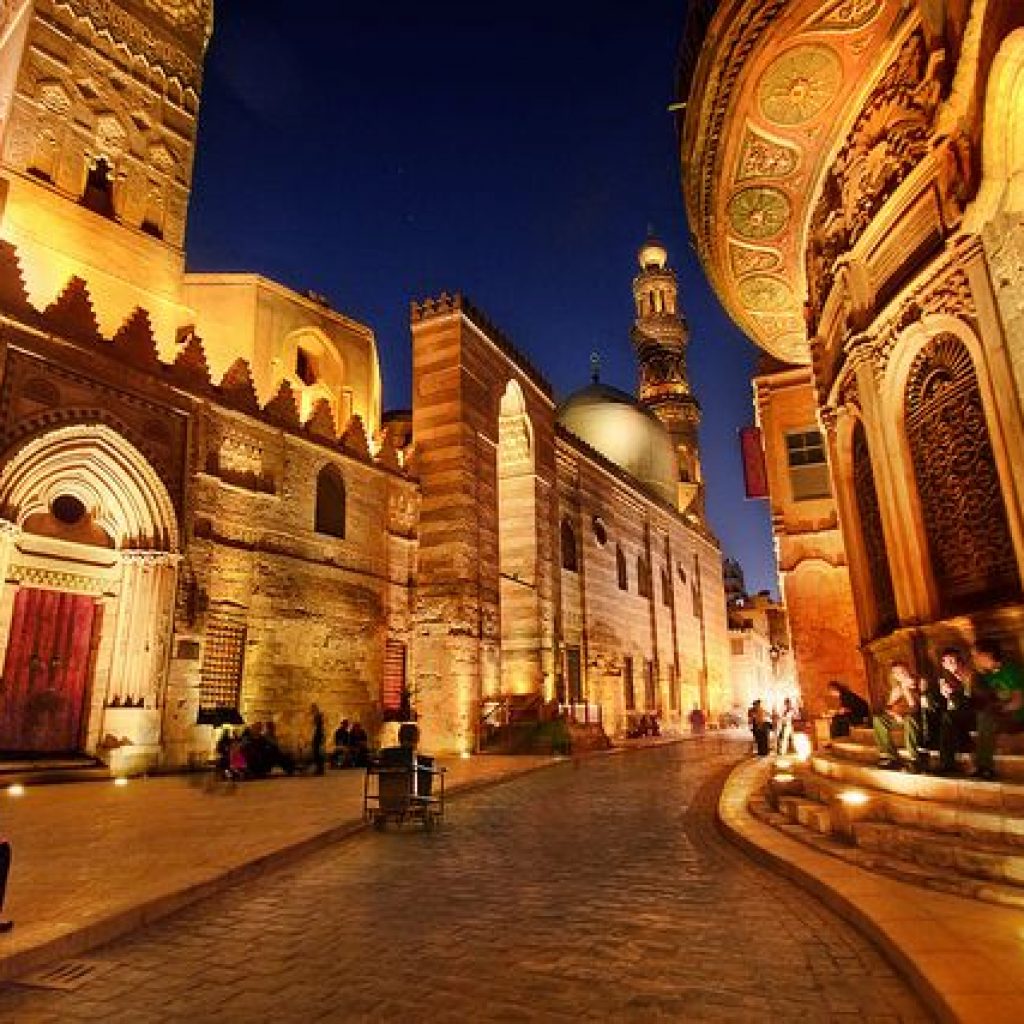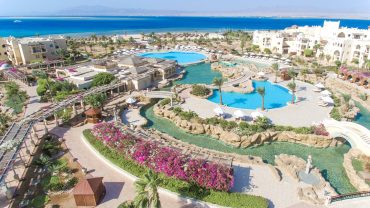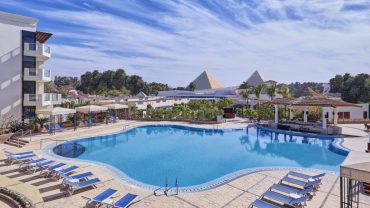Despite ranking in the top 30 largest countries with its 1 million square kilometers of land, Egypt is a country that is notorious for its geographic ‘distribution.’ 99% of Egypt’s population utilizes only 5% of the total land area but nearly 100% of its aquatic resources as a result of the predominantly barren ecosystem. The lifeline of some 90 million human beings, the river Nile is the focal point of urban planning, an incredible 6,695 km gift of sustenance for Egypt and three other countries, making it the longest, and arguably most vital, river in the world.
The Nile enters Egypt a few kilometers north of a Sudanese town called Wadi Halfa through a narrow canyon that traverses sandstone and granite cliffs. The northward flowing direction of the river has thus earned Egypt’s southern border the name “Upper Egypt.” Within this stretch of the Nile is the world’s most intensive concentration of temples, tombs and palaces constructed over the span of 4,000 years. This includes the temples of Abydos, Dendara, Karnak, Esna, Edfu, Kom Ombo, Philae and Abu Simbel, each conceived for their respective deities, further to the tombs in the Theban Necropolis within the Valley of the Kings across the river from Luxor. Absorbing the river-scape from the comfort of a felucca (small sail boat) is the epitome of pleasure, relished by locals and non-locals alike. This is easily arranged in Aswan, and larger Nile cruise boats can provide an even more luxurious experience. As this river continues to flow upwards past major cities and temples, it begins to branch out into a flower-shaped formation known as the Nile delta, covering 240 km of the Mediterranean coastline. Home to 39 million people, this is Egypt’s most agriculturally rich land with some of the most beautiful, soul-rejuvenating nature Egypt has to offer.
Much like the Nile, the Red Sea coast, a once microcosm of the world that hosted sailors from far away lands, has also become a pivotal part of the country. Turquoise waves break against rocky capes and windswept beaches in the foreground of an endless mountain range, a much needed escape for the people of Cairo. The real lure here, especially for the non-locals, are the fabulous island reefs near the resort of Hurghada and the smaller settlements of Port Safaga, El-Quseir and Marsa Alam to the south. This entire region saw a rapid transformation in the past two decades, catalyzed by surges of annual tourists, with the most notable development being the future construction of Egypt’s new capital city near this coastline. These destinations pack a powerful punch when it comes to travel-seeking vacationers. Shark-diving, snorkeling, and kite-surfing are complemented by the revitalizing effects of 18-hole golf courses, private beaches, open-air cinemas, and unrivaled night life scenes.
A tribute to its elusive splendor, the Egyptian landscape is quite remarkable.
Major tourist destinations include the millennia-old monuments in the Nile Valley. Principal among them are the Pyramids and Great Sphinx at Giza, the Abu Simbel temples south of Aswan and the Karnak Temple Complex and Valley of the Kings near Luxor. Attractions in Cairo include the Cairo Museum and the Mosque of Muhammad Ali Pasha. The coast of the Sinai Peninsula has well-visited seaside resorts, in addition to Hurghada city on the Red Sea coast and the Famous El Gouna Resort 25 km Hurghada.
Giza Pyramids
Giza, 20 km southwest of Cairo, has several remains from the 26th century BC such as temples and monuments to pharaohs including the Great Sphinx, and the Great Pyramids of Giza.
Saqqara
Saqqara, 30 km south of Cairo is a vast, ancient burial ground which served as the necropolis for the Ancient Egyptian capital of Memphis. It features numerous pyramids, including the world’s oldest standing step pyramid, as well as a number of mastabas.
Luxor
Luxor, about 500 km south of Cairo, is the site of the ancient city of Thebes. It includes the ruins of the temple complexes at Karnak and Luxor, which stand within the modern city. On the opposite side of the Nile River lie the monuments, temples and tombs on the West Bank Necropolis, which include the Valley of the Kings and Valley of the Queens.
Abu Simbel Temples
Abu Simbel, about 850 km south of Cairo (near the Egypt–Sudan border) is an archaeological site comprising two massive rock temples originally carved out of a mountainside during the reign of Pharaoh Ramesses II (13th century BC). The complex was relocated in its entirety in the 1960s to avoid being submerged during the creation of Lake Nasser. They are now situated on an artificial hill made from a domed structure high above the Aswan High Dam reservoir.
Alexandria
Alexandria is a main summer resort, due to its beaches, ancient history and Museums, especially the Bibliotheca Alexandrina, a modern project based on reviving the ancient Library of Alexandria.
Sinai Peninsula
Sinai Peninsula- Sinai has the beach resorts of Sharm el-Sheikh, Dahab, Nuweiba and Taba as well as locations mentioned in the Bible such as Mount Sinai (“Jabal Musa”). Saint Catherine’s Monastery may be the oldest working Christian monastery in the world.
Ain Sukhna
Ain Sukhna, about 110 km east of Cairo has a number of beach resorts.
Assiut
Assiut:in south of Egypt has historic buildings from the time of the pharaohs and ancient mosques.
Hurghada and El Gouna
Hurghada and El Gouna resort on the Red Sea Coast, 25 km from Hurghada International Airport, are both famous for their beaches, snorkeling and diving, and El Gouna is famous for its nightlife






Comment (0)